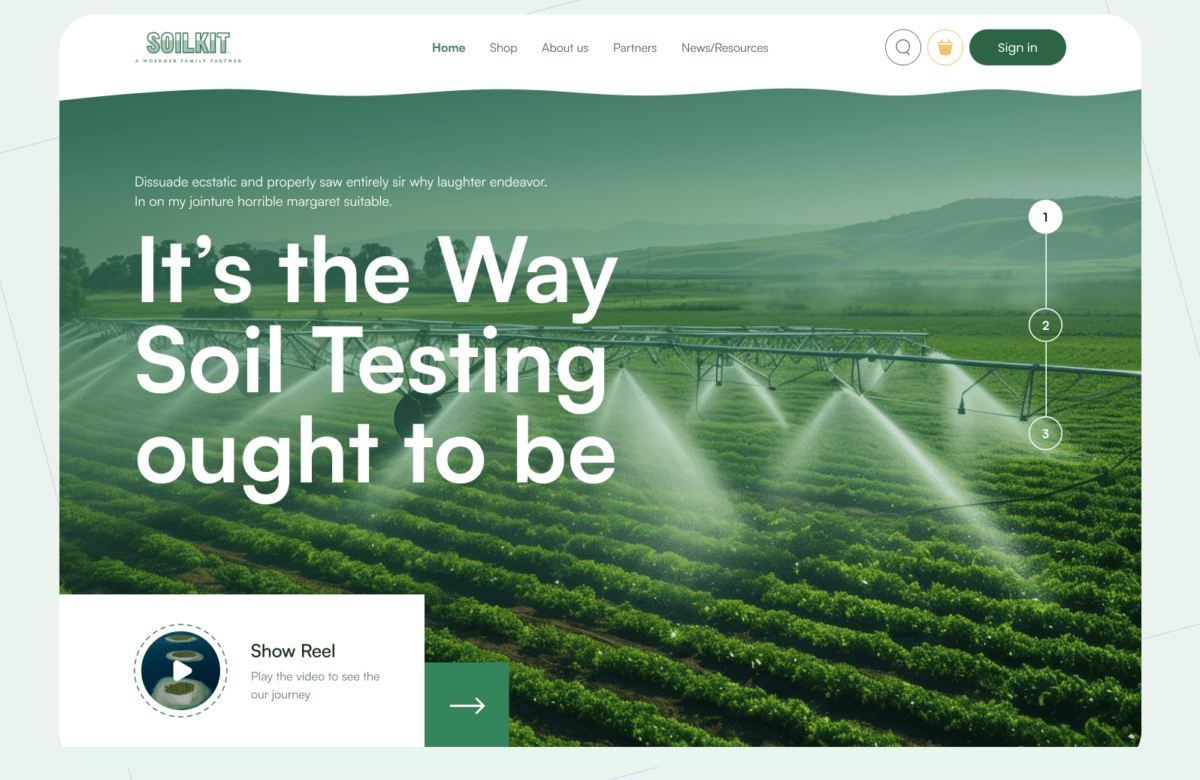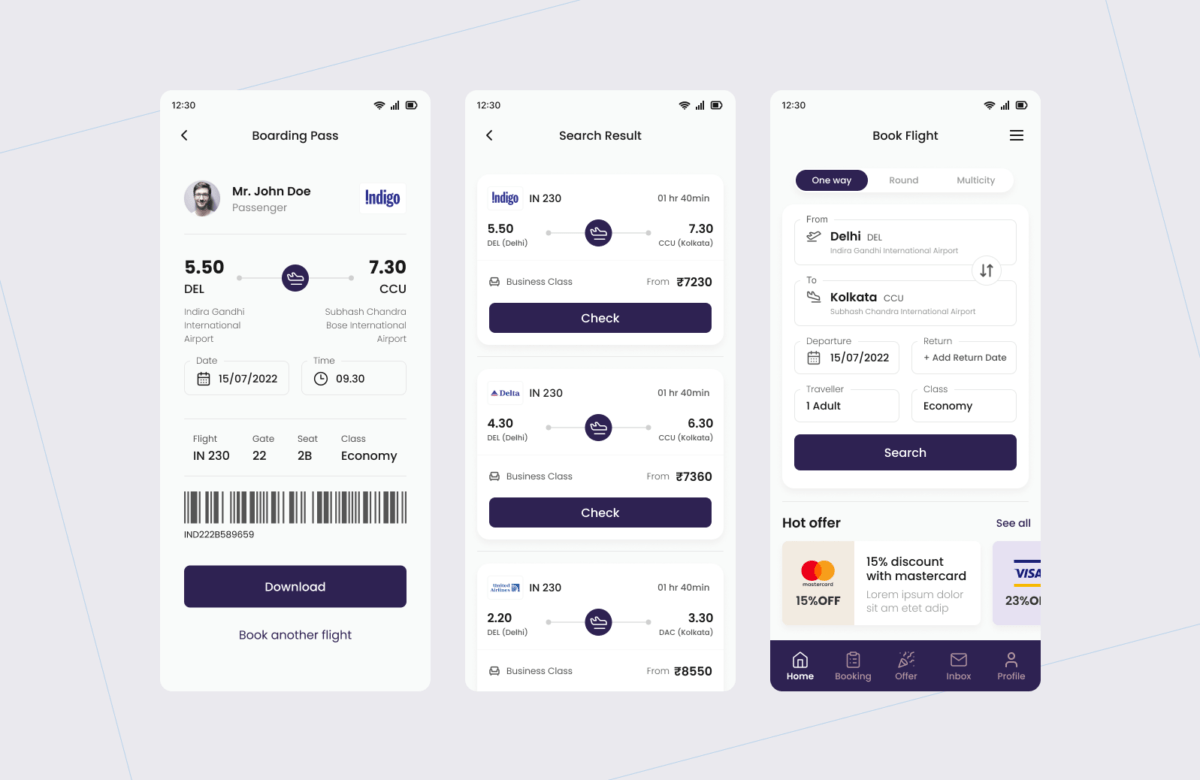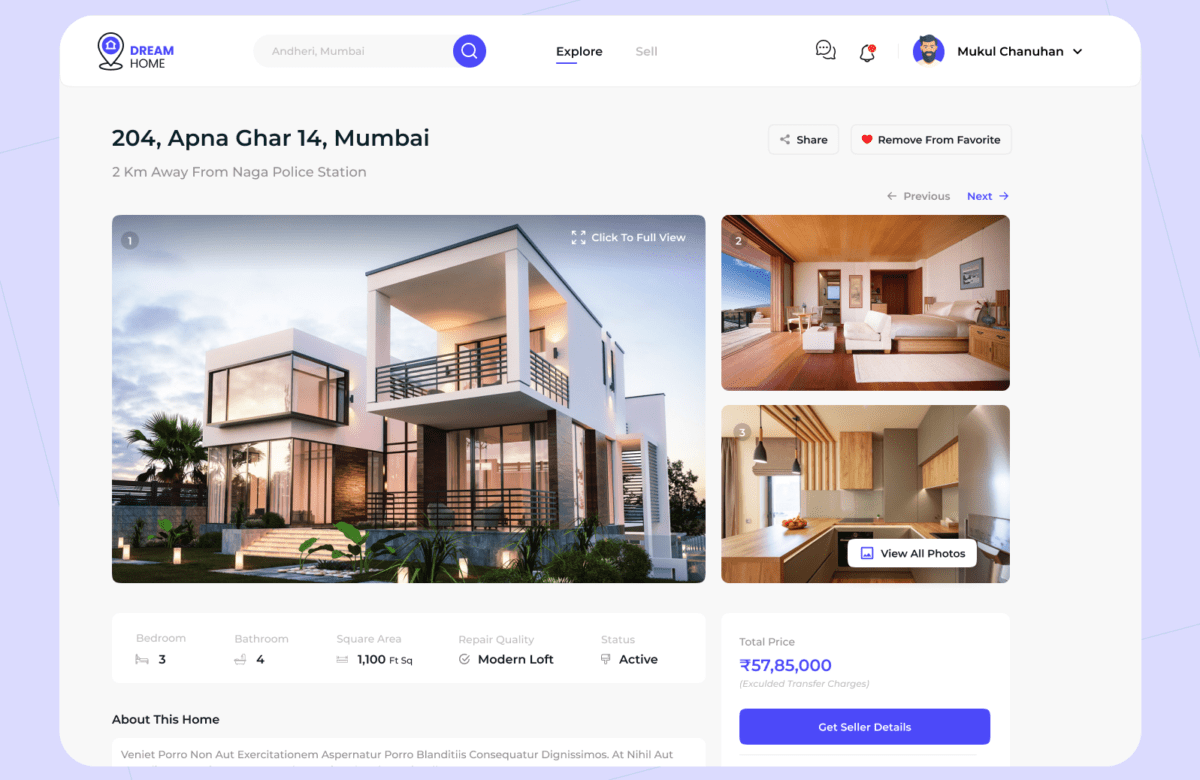How to create a user experience that is ethical and responsible.
As technology advances, so does the user experience. This raises new ethical questions for designers as they create interfaces and interactions. How do we create a user experience that is ethical and responsible? What is the role of design ethics in UX? Let’s analyze further-
1. What is design ethics and why is it important in UX?
Design ethics is the consideration of the moral and ethical implications of design decisions. It’s important in UX because it can help you make decisions that reflect the needs of users and the values of your company.
When making ethical decisions, it’s important to consider the consequences of your actions. For example, if you create a design that’s difficult to use, you may be causing frustration and stress for users. This could have negative consequences for them both physically and emotionally.
It’s also important to think about the implications of your designs for society as a whole. For example, if you create a product that’s addictive, you may be contributing to the problem of addiction.
2. How can you create an ethical user experience?
There are a few key ways to create an ethical user experience. The first is to ensure that users are able to understand how your product works and what they are agreeing to. This means being transparent about your data collection and use policies, and making sure that all user interactions are clear and easy to navigate.
Another important way to ensure an ethical user experience is to be thoughtful about the design of your product. Consider the potential harms that your product could cause and how you can mitigate these risks. For example, if your product encourages addictive behavior, make sure there are clear ways to limit use.
Finally, always put the needs of users first. This means considering how your product could impact people’s lives and making sure that your policies and design reflect your users’ best interests.
3. What are some common ethical issues in UX?
There are a number of ethical issues that can come up in the field of UX. One common issue is the question of how much user’s data should be collected and used. There can also be debates about how much control users should have over their own data, and what types of user data should be protected.
Another issue that can come up in UX is the question of how to handle user feedback. When users provide feedback, there can be a temptation to act on it immediately, even if it means compromising the user experience.
There can also be a temptation to cherry-pick the feedback that is most positive or to ignore negative feedback altogether.
Another issue that can be relevant in UX is the question of how to deal with criticism. When users or reviewers criticize a design, it can be difficult to know how to respond. It is important to remember that criticism can be valuable feedback, and it is important to be open to feedback from users and reviewers.
4. How can you prevent ethics from becoming a Compliance issue?
When it comes to ethics and compliance, there is a fine line between the two. It is important to have a good working knowledge of both in order to prevent ethics from becoming a compliance issue. Compliance is all about adhering to rules and regulations, while ethics is about making the right decision, even if it is not the easy one. Oftentimes, the two can be in conflict with each other. For example, a compliance officer may tell an employee that they need to follow a specific procedure, even if it is not the best thing for the customer.
An ethical decision, in this case, may be to put the customer first, even if it means going against the rules.
There are a few things that can be done to help prevent ethics from becoming a compliance issue. First, it is important to have a clear and concise code of ethics that everyone in the organization can reference. This code should spell out what is expected of employees, and what will not be tolerated. It is also important to have a system in place for reporting ethics violations.
This can help to ensure that any issues are dealt with quickly and effectively. Finally, it is important to train employees on both ethics and compliance. This will help them to understand the difference between the two, and how to navigate through any potential conflicts.
5. What resources are available to help you with design ethics?
There are a variety of resources available to help you with design ethics, from online resources to books to organizations.
One great online resource is the Design Ethics Network, which offers a variety of resources, including articles, case studies, and a forum where you can ask questions and discuss ethics with other designers.
Another great online resource is the Center for Design Research at Stanford, which offers a variety of resources, including articles, case studies, and a forum where you can ask questions and discuss ethics with other designers.
Books that can help you with design ethics include “Design and Ethics: A New Field of Study” by John Maeda and “Designing for the Greater Good” by Christian Bök.
Organizations that can help you with design ethics include the Design Ethics Network, the Center for Design Research at Stanford, and the Society for Environmental Graphic Design.
In conclusion, it is important for designers to consider the ethical implications of their work. By thinking critically about the user experience and how it affects people’s lives, we can create designs that are responsible and ethical.


